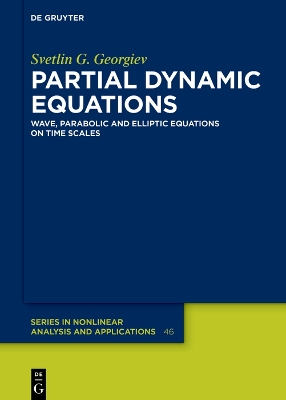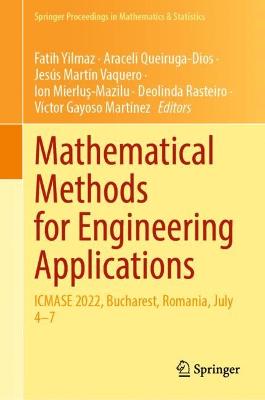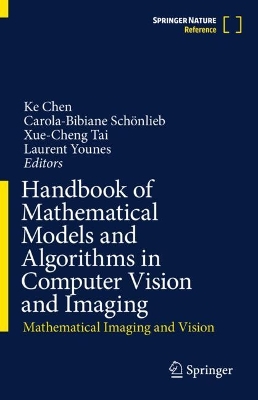Progress in Industrial Mathematics at ECMI 2021
 portes grátis
portes grátis
Progress in Industrial Mathematics at ECMI 2021
Ehrhardt, Matthias; Guenther, Michael
Springer International Publishing AG
11/2022
541
Dura
Inglês
9783031118173
15 a 20 dias
1010







